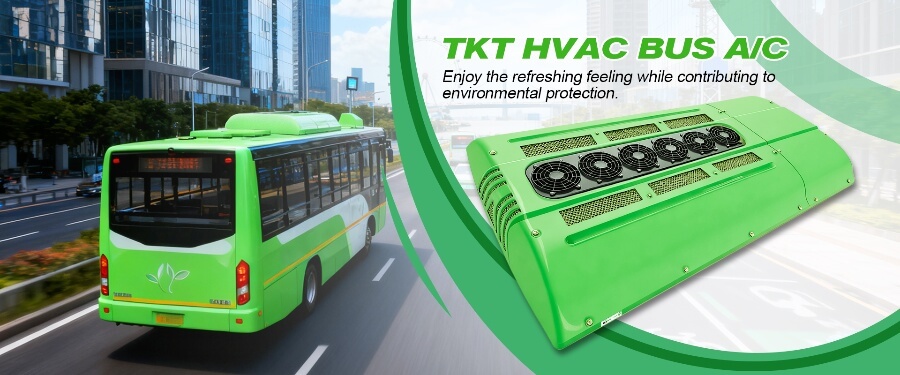With tightening global environmental regulations, the choice of refrigerant for bus air conditioning is no longer just a technical issue; it also concerns compliance, operating costs, and passenger comfort. Different refrigerants vary significantly in terms of global warming potential (GWP), ozone depletion potential (ODP), performance, and safety, making it crucial for operators and manufacturers to understand their strengths and weaknesses.

Currently, common bus air conditioning refrigerants include:
1. R134a: The most widely used and low-cost, but with a high GWP and gradually becoming restricted;
2. R1234yf: Extremely low GWP, more environmentally friendly, but with a higher price and stricter system sealing requirements;
3. R744: A natural, environmentally friendly refrigerant with high safety and no ODP, but requiring a high-pressure system design;
4. R407C: Stable performance, but a transitional solution with a high likelihood of future regulatory restrictions.
When selecting a bus air conditioning refrigerant, consideration should be given not only to environmental protection but also to cooling efficiency, maintenance requirements, warranty coverage, and total cost of ownership (TCO). For example, low-GWP refrigerants offer advantages in long-term compliance and brand image, but they may incur higher initial equipment investment and maintenance costs. Currently, they are more widely used in Europe and the United States.

For companies planning fleet upgrades or developing next-generation bus air conditioning systems, understanding international refrigerant trends and trade-offs ahead of time can help avoid future compliance risks and additional costs. For complete comparison data and application recommendations, please read the full article: https://www.busthermo.com/bus-air-conditioning-refrigerant-news/
